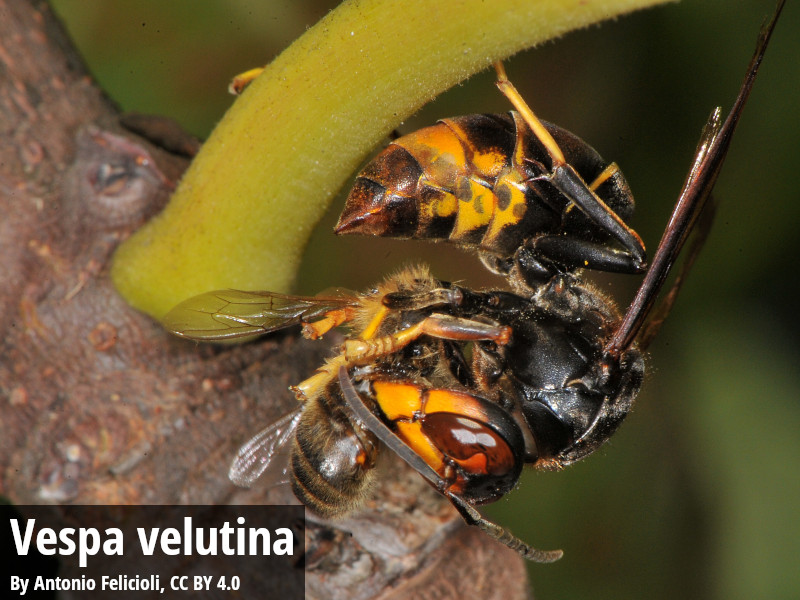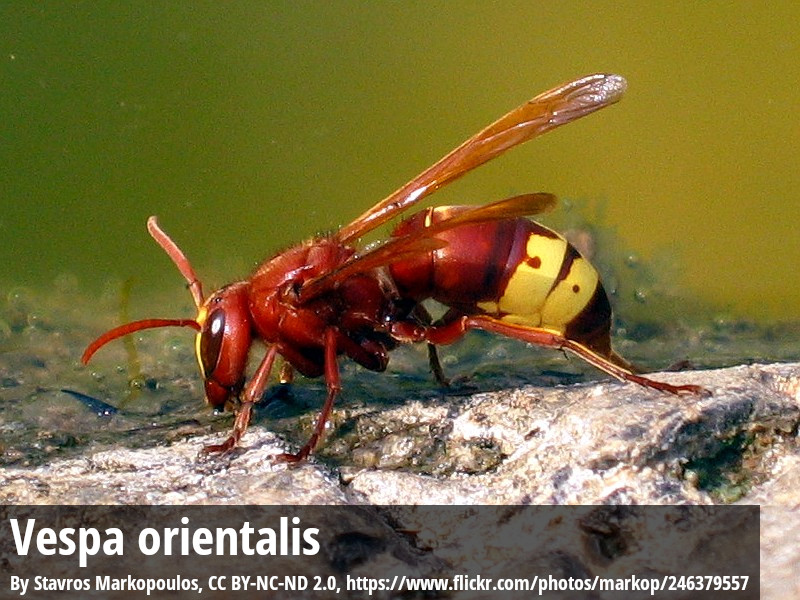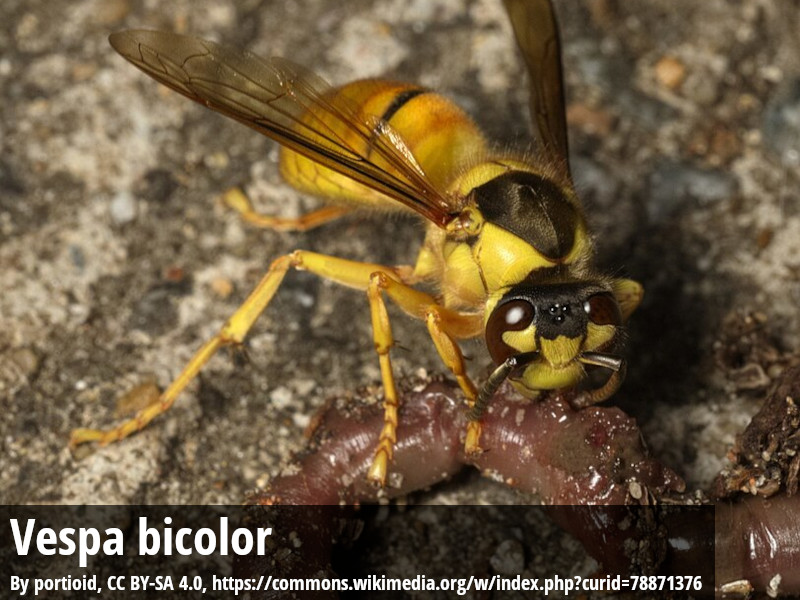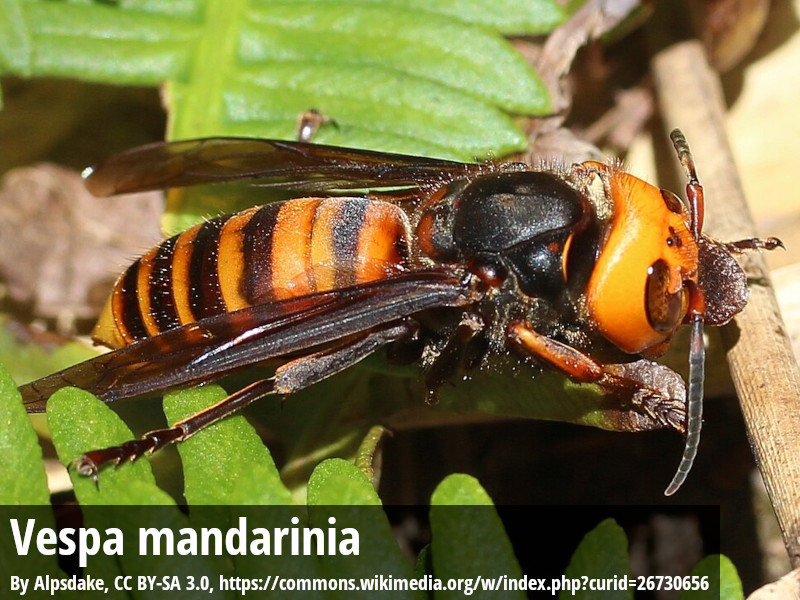ABOUT
The Vespid Task Force (abbreviated VTF), previously the Velutina Task Force, now broadens its remit to also include other Vespid species, alien or particularly dangerous to honeybees.
Vespids are predatory species that feed on a diversity of insects. Some of them have become invasive species after being carried intentionally or accidentally by human activity to new regions and of these, especially hornets, have proven successful and efficient predators responsible for honeybee colony losses.
Vespa velutina Lepeletier is an iconic case of a recent vespid biological invasion. It is naturally distributed in Southeast Asia, but in 2003 it arrived in South Korea and spread to Japan in 2012. It reached Europe in 2004, spreading from South-West France across most of France, Northern Spain and Mallorca, Portugal, Italy, Belgium, Switzerland, The Netherlands, Germany, the Channel Islands, UK, Luxembourg and Hungary. In 2023, V. velutina was first reported in the USA near Savannah, Georgia.
Four other hornets (genus Vespa) are extending their geographical range to countries where they are not native.
Vespa orientalis is a Mediterranean species endemic to northern Africa, southern Europe, and south-western Asia; in Europe it is present in the southern half of the Italian peninsula, coastal Croatia, Balkan Peninsula, Crete, Cyprus, and Turkey. It has been accidentally transported to numerous non-indigenous localities on four continents. In Europe, it has successfully established populations in Spain and was recently detected in northern Italy, Czech Republic, Romania, France, Ukraine, Bulgaria, and Germany. In 2020, an established population of V. orientalis was detected in Chile, representing the first establishment of the genus Vespa in South America.
Vespa bicolor is naturally distributed in southern China, Southeast Asia and Himalaya and it arrived in Spain in 2013 in the Málaga Province.
Two other Asiatic hornet species have been found in the US and Canada: Vespa tropica, which was discovered in 2016 on the Pacific Island of Guam, and Vespa mandarinia, which was detected in 2019 in Vancouver Island, Canada, and in the British Columbia and Washington state, USA.
Among wasps, two European species of Vespula have established outside of their native range: V. germanica and V. vulgaris; the first has already invaded Australia, New Zealand, South Africa, North and South America; the second New Zealand and South America. Many Polistes species originally from both Nearctic and Palearctic regions have invaded several countries, especially in Oceania and the Americas, and there are records of an established population of Polistes major in Northern Spain.
In Europe, only Vespa velutina is included in the EU list of invasive alien species (Regulation EU No 1143/2014 of the European Parliament and of the Council) and activities directed to its control can be carried out within national management programmes of affected Member States.
As regards other Vespid species, it is necessary to consider the national legislation and the actual danger to bees in order to implement control measures. Vespids offer important ecosystem and economic services via natural pest management and pollination.
The situation is quite dynamic and new invasions could easily occur. The purpose of this Task Force is to discuss, coordinate and implement practical actions to reduce damage to bees from vespid species of concern.









